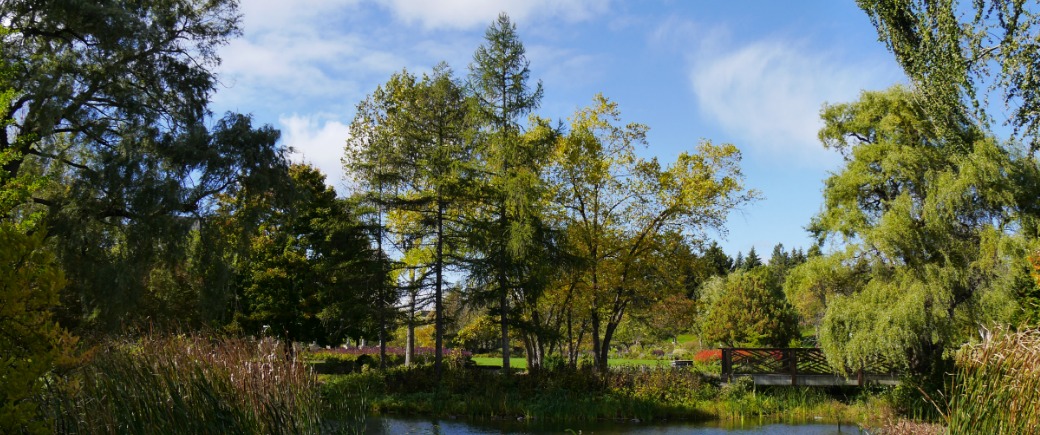Starting on August 10, the City of Toronto's Urban Forestry department is coming to control an invasive plant species called Dog-Strangling Vine in the Humber Arboretum with pesticides. This work is vital in protecting the health and well-being of our local plants, animals, and ecosystems.
Invasive Dog-Strangling Vine (DSV) impacts native plants and habitats in the Arboertum by:
- crowding out and smothering native vegetation and young trees
- decreasing survival of Monarch butterfly larvae by mimicking native milkweeds
- increasing selective grazing on remaining native vegetation by deer and other browsing animals
- decreasing abundance of insects and pollinators
- reducing habitat for grassland birds.
Qualified City of Toronto Urban Forestry staff will be using a pesticide to help control DSV in the Arboretum's Environmentally Significant Area and also in selected areas around the Humber Pond. Information signage will be posted by City staff, along with the standard warning signage, to provide more information to Arboretum users. Warning signage is posted 24 hours before treatment, and is removed 48 hours following treatment, according to Ministry of the Environment, Conservation and Parks guidelines.
Method: Licensed applicators are applying the pesticide directly on individual plants or patches. The entire treatment area is not broadcast sprayed. This selective method of control ensures that damage to other desirable plants is minimized and that small quantities of pesticide are used.
Legislation: The Cosmetic Pesticide Ban, Regulation 63/09 under the Pesticides Act, allows some exceptions for non-cosmetic use of pesticides including a forestry exemption. The use of pesticides in forestry is essential to protect trees from competing vegetation in the maintenance or establishment of a forest. For more information about the Ontario Legislation call 416-325-4000 or visit www.ene.gov.on.ca/en/land/pesticides.
For more information about City of Toronto Forestry Management, please call the phone number provided on the Treatment Area Signs or visit toronto.ca/trees.

